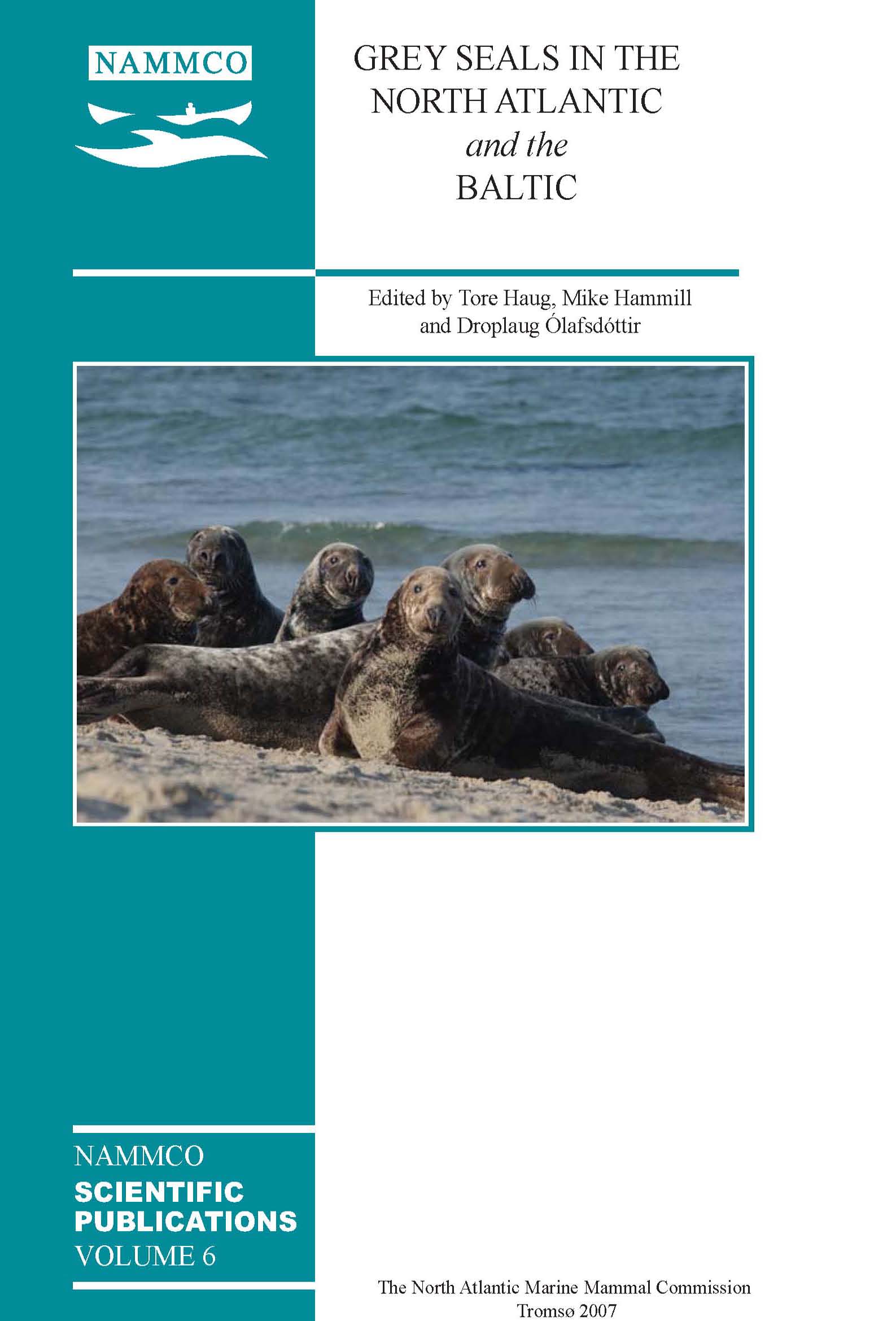Feeding by grey seals in the Gulf of St. Lawrence and around Newfoundland
DOI:
https://doi.org/10.7557/3.2729Keywords:
grey seals, diet, Newfoundland, Gulf of St Lawrence, otolithsAbstract
Diet composition of grey seals in the Gulf of St. Lawrence (Gulf) and around the coast of Newfoundland, Canada, was examined using identification of otoliths recovered from digestive tracts. Prey were recovered from 632 animals. Twenty-nine different prey taxa were identified. Grey seals sampled in the northern Gulf of St. Lawrence fed mainly on capelin, mackerel, wolffish and lumpfish during the spring, but consumed more cod, sandlance and winter flounder during late summer. Overall, the southern Gulf diet was more diverse, with sandlance, Atlantic cod, cunner, white hake and Atlantic herring dominating the diet. Capelin and winter flounder were the dominant prey in grey seals sampled from the east coast of Newfoundland, while Atlantic cod, flatfish and capelin were the most important prey from the south coast. Animals consumed prey with an average length of 20.4 cm (Range 4.2-99.2 cm). Capelin were the shortest prey (Mean = 13.9 cm, SE = 0.08, N = 1126), while wolffish were the longest with the largest fish having an estimated length of 99.2 cm (Mean = 59.4, SE = 2.8, N = 63). In the early 1990s most cod fisheries in Atlantic Canada were closed because of the collapse of the stocks. Since then they have shown limited sign of recovery. Diet samples from the west coast of Newfoundland indicate a decline in the contribution of cod to the diet from the pre-collapse to the postcollapse period, while samples from the southern Gulf indicate little change in the contribution of cod.Downloads
Published
2007-01-01
How to Cite
Hammill, M. O., Stenson, G. B., Proust, F., Carter, P., & McKinnon, D. (2007). Feeding by grey seals in the Gulf of St. Lawrence and around Newfoundland. NAMMCO Scientific Publications, 6, 135–152. https://doi.org/10.7557/3.2729
Issue
Section
Articles





